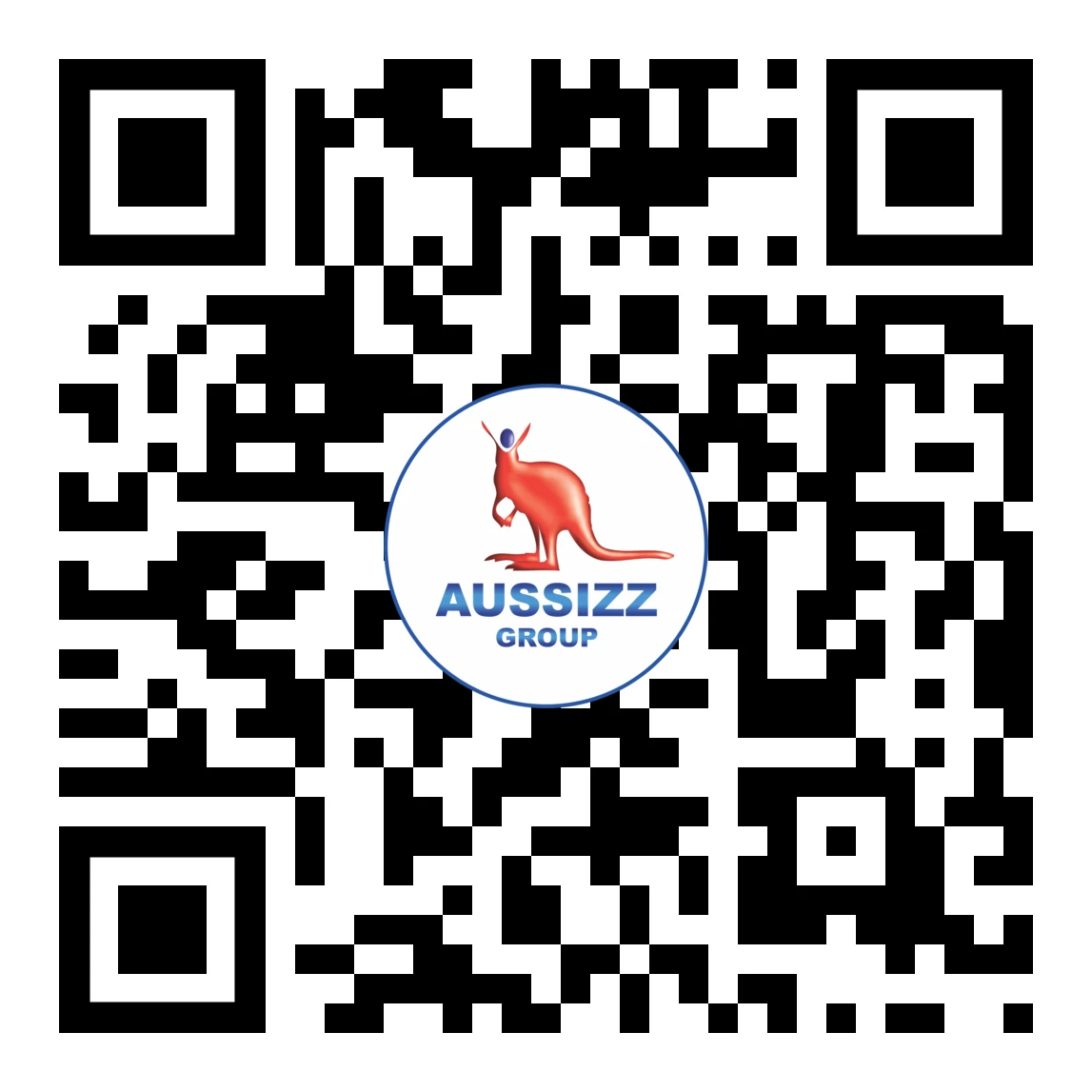Analysing Australia’s Skilled Migration Trends: The Last Ten Years
‘The only thing that is constant is change.’
These wise words from the old Greek philosopher Heraclitus hit home when we think about how people move to Australia.
With the winds of new policies, global upheavals, and economic waves, change has been strong and steady over the past ten years. In these waters that are always changing, the Australian Movement and Population Dashboard from the Scanlon Institute has become a reliable guide, showing us the ins and outs of movement patterns and trends.
Aussizz Group has been a reliable anchor and source of advice for a huge number of migrants starting out on their difficult journeys during this time of change. Since our start in 2009, we have been on the journey with migrants, guiding them through the rough waters of changing migration laws and trends with unwavering commitment and skill.
Our legacy, built on a dedication to quality and trust, has grown across the vast continent of Australia. We now have over 30 branches that serve as beacons of support and advice in all 30 states. With all the changes in migration policies and trends, Aussizz Group has always been there for migrants, showing them the way to a happy journey with clarity, compassion, and all-around support.
Drawing from our wealth of experience and authoritative presence in the migration sector for over a decade, this blog aims to provide a more complete picture of Australia’s migration.
Influencing Factors of Population Growth Dynamics in Australia
Australia’s demographic evolution has been a multifaceted journey, influenced by a myriad of factors. Let’s delve deeper into the statistical nuances that have shaped the population growth dynamics of the country.
Natural Increase: Births and Deaths
Birth Rates: Over the year to June 2022, there were 306,000 births recorded in Australia, marking a 0.5% increase from the previous year. This figure also surpassed the number of births recorded in the equivalent period in 2018–19, which stood at 305,000 births.
Death Rates: In 2022, the total number of deaths recorded was 191,000, a figure that is 10.9% higher than in 2021 and 15.5% higher than the historical average. The number of monthly deaths peaked in July 2022 at 18,000.
Fertility Rates
The total fertility rate in Australia has seen a decline, falling to 1.69 in 2021–22 from 1.86 in 1991–92. This rate has remained below the replacement level of 2.1 since the mid-1970s.
Impact of the COVID-19 Pandemic
The pandemic has had a noticeable impact on Australia’s demographic trends. Despite initial uncertainties, there was a small drop and subsequent rebound in births in 2021, indicating adaptability in response to the pandemic’s challenges.
Interstate Migration
Interstate migration has been a significant component of demographic changes within Australia. There was an 8.7% drop in the number of interstate moves from 2018–19 to 2019–20, falling from 404,000 to 369,000. More recent data suggest that interstate moves remain slightly below pre-pandemic levels.
Australia in a Global Context
Prior to the pandemic, Australia’s population growth rate was comparatively higher than most developed countries, primarily due to net overseas migration. However, in 2021, the growth rate fell to 0.1%, aligning more closely with global averages.
Net Overseas Migration (NOM)
Net Overseas Migration (NOM) is a key factor that shapes the demographics of Australia. Aussizz Group has carefully and accurately led many people on migration trips in this area. Our ten years of experience show that we can change, guide, and succeed despite the fact that migration trends are always changing. We make sure that everyone’s migration path is clear and confident.
Let’s explore how NOM has evolved over the last decade, focusing on various aspects such as migrant departures, arrivals, and the overall impact on Australia’s population.
Migrant Departures
In the financial year 2021-22, there were variations in migrant departures based on age and gender. For instance, the number of male and female migrants in various age groups fluctuated, with specific age groups seeing more departures.
Migrant Arrivals
Detailed data on migrant arrivals over the last ten years is not readily available in the current dataset. However, it is an essential aspect to consider for a comprehensive understanding of NOM.
Overall Impact on Population
NOM has been a significant contributor to Australia’s population growth. It has influenced the demographic makeup, economic development, and societal diversity of the country.
The percentage of overseas-born individuals in Australia has seen variations, reflecting the changing patterns of migration.
Visa Categories: A Closer Look at Australia’s Migration Program
Australia’s migration program is a dynamic entity, continuously evolving to meet the nation’s needs and respond to global trends. Over the last decade, various visa categories have undergone significant changes, reflecting shifts in policy, economic demands, and international relations.
Skilled Migration
Skilled migration remains a cornerstone of Australia’s migration program, attracting professionals and tradespeople from around the world. Changes have been implemented to ensure that the skilled migration program aligns with Australia’s economic needs and labour market demands.
Recent Changes: The allocation of places for skilled migrants has been adjusted over the years, with nearly 70% of places allocated to skilled migrants in the 2023–24 permanent Migration Program.
Student Visas
Australia’s education sector is a significant attractor of international students, and the student visa category has seen various adjustments to meet the changing landscape of global education.
Recent Changes: Adjustments have been made to work restrictions, and financial capacity requirements for international students, reflecting a responsive approach to global trends and domestic needs.
Family and Partner Visas
Family reunification remains a key aspect of the migration program, with visas available for partners, children, and other family members.
Recent Changes: Specific data on recent changes to this category is not readily available, but it continues to be a vital part of the migration program.
Humanitarian and Refugee Visas
Australia’s humanitarian program offers protection and resettlement opportunities to refugees and those in humanitarian need.
Recent Changes: Detailed information on recent changes in this category is not readily available in the current dataset.
Working Holiday Visas
This visa category allows young people from eligible countries to work and holiday in Australia temporarily.
Recent Changes: Adjustments have been made to the working holiday program, including changes in age limits and work restrictions.
Also Read: The Rising Trend: How International Students are Bridging the Skill Gap for Australia
State-by-State Migration Patterns in Australia
Migration patterns in Australia have been dynamic, with each state and territory experiencing unique trends and shifts over the last decade. These patterns have been influenced by various factors such as economic opportunities, lifestyle choices, educational institutions, and policy changes. Let’s explore the migration landscape across different Australian states and territories.
New South Wales (NSW)
Sydney, as a global city, has been a major draw for migrants. However, there has been a notable trend of people leaving Sydney for regional areas and other states, seeking affordability and lifestyle changes, especially during the COVID-19 pandemic.
Victoria (VIC)
Melbourne has seen significant growth, attracting migrants with its vibrant cultural scene and diverse employment opportunities. However, similar to Sydney, there has been a movement towards regional areas.
Queensland (QLD)
Queensland has been attractive due to its warmer climate and more affordable housing. The state has seen a consistent inflow of interstate migrants, particularly to regions like the Gold Coast and Sunshine Coast.
Western Australia (WA)
WA, particularly Perth, has experienced fluctuations in migration trends, often tied to the fortunes of the mining industry.
South Australia (SA)
SA has seen steady migration patterns, with Adelaide offering a balanced lifestyle. The state has been actively promoting migration to meet specific labour market needs.
Tasmania (TAS)
Tasmania has experienced a resurgence in popularity, with an increase in interstate migration, attracted by the state’s natural beauty and lifestyle.
Northern Territory (NT)
The NT has faced challenges in retaining and attracting migrants due to its remote location and limited economic opportunities.
Australian Capital Territory (ACT)
The ACT, with Canberra as its hub, has been a steady attractor of migrants, particularly those associated with government and education sectors.
Also Read: 10 Hilarious and Fascinating Facts About Australia That Will Make You Want to Pack Your Bags!
Australia’s migration program has been a dynamic and evolving entity, reflecting the changing global landscapes, economic necessities, and humanitarian considerations. As we look forward, several trends and considerations are likely to shape the direction of Australia’s migration policies and programs.
Policy Adjustments and Regulatory Changes
The Australian government has announced initiatives to address alleged abuses in the migration and visa system, aiming to enhance integrity and combat organised crime and exploitation. A new Immigration Compliance Division will be established, focusing on immigration compliance and targeting organised abuses of immigration programs.
Shifts in Visa Categories and Allocations
Future trends may see adjustments in visa allocations, prioritising categories that align with Australia’s economic and societal objectives. For instance, there might be a focus on skilled migration, partner visas, and addressing the challenges in temporary migration categories.
Technological Advancements and Digital Transformation
Technological advancements are likely to play a pivotal role in shaping the migration processes, enhancing efficiency, and improving user experiences. Digital transformation initiatives may be introduced, streamlining application processes and enhancing service delivery.
Global Influences and International Relations
Australia’s migration program will likely continue to be influenced by global events, economic trends, and international relations. Considerations such as global economic conditions, geopolitical developments, and humanitarian crises may impact migration policies and priorities.
Societal Considerations and Community Perspectives
Community attitudes and societal considerations will continue to be integral in shaping migration policies. The focus may be on promoting social cohesion, ensuring that migration contributes positively to Australian society, and addressing any challenges or concerns that may arise.
Conclusion
Finding your way through the complicated paths of Australia’s migration past over the last ten years shows a complex web of resilience, change, and adaptation. As Aussizz Group, we have been more than just observers on this journey since 2009. We have been involved with facilitators and trusted guides along the way. With over 30 branches in all 30 states of Australia, our strong network has helped many people achieve their goals, leaving behind a heritage of honesty, knowledge, and unwavering support.
As we move through the worlds of migration, our path is deeply connected to the core of human hopes and stories. This investigation looks at a lot of different policies, trends, and numbers. Each one relates to the hopes, challenges, and strong will of people who are looking for fresh starts and new opportunities. We’ve heard interesting stories about skilled professionals, students, families, and people who came to Australia to help others. Each of these stories adds a lively thread to the multicultural fabric of Australian society.
As we look ahead to what the future holds, it is important to remember the lessons we have learned and celebrate the beauty of difference and the power that comes from being human. There are many chances ahead of us to build a society that values acceptance, understanding, and working together for growth and prosperity.
Let’s continue to value each story, learn from each other’s, and move forwards with hope and a sense of shared responsibility as we shape the next parts of Australia’s migration story. Trusted partners like Aussizz Group will be with us every step of the way. Get in touch with us.
References
- Scanlon Institute. (2023). Australian Migration and Population Dashboard. Retrieved from
- Australian Bureau of Statistics (ABS) (2023). Migration and Population Statistics. Retrieved from
- Jurist. (2023). Australia announces crackdown on ‘abuses’ of migration and visa system. Retrieved from
- Department of Home Affairs. (2023). Migration Policies and Updates. Retrieved from

 AUS
Australia
AUS
Australia
 IND
India
IND
India
 UAE
UAE
UAE
UAE
 CA
Canada
CA
Canada
 SL
Srilanka
SL
Srilanka













